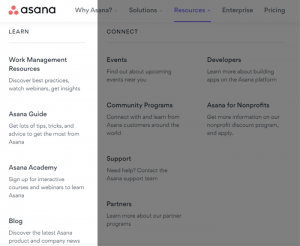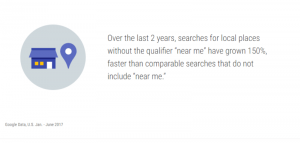With days to go before Google turns off Universal Analytics, a majority of sites around the world and in the US are still using it.
The UApocalypse is drawing nigh. On July 1st, nine days from now, Google will shut down the standard version of Universal Analytics (UA) — the most widely used marketing analytics tool in internet history. In its place is Google Analytics 4 (GA4), a very different and likely more powerful tool.
Everyone’s ready for that, right? We’ve all transitioned to GA4, briefed stakeholders on the new metrics and triple-checked how GA4 data interacts with your other technologies, right? Current user stats suggest the answer is no.
Here’s a look at those stats, the path from UA to GA4 and the key differences are between the two.
Users
| GA4 | UA | |
| Current total sites using | 11 million+ | 28 million+ |
| Current US sites using | 2,381,976 | 3,364,172 |
| % of the one million most popular sites using | 29.9 | 41.9 |
| % of the 100,000 most popular sites using | 38.3 | 52.3 |
| % of the 10,000 most popular sites using | 40.9 | 54.9 |
How we got here
- 2005: Google buys Urchin, a widely used traffic analytics program, rebrands it as Urchin from Google, makes it free to use then re-rebrands it as Google Analytics.
- 2007: Google releases Google Analytics Synchronous Code, better known as the ga.js page tag. It gives users the ability to track e-commerce transactions in a more readable way and offers more control over tracking services.
- 2009: Google releases an Asynchronous Tracking Code snippet making use of the same ga.js code. It lets webpages load faster, improves data collection and accuracy and eliminates errors caused by dependencies.
- 2012: People are using more devices to go online, so Google releases the Analytics Tag (analytics.js) to track them. Universal Analytics has new website tracking codes for websites and tools providing more in-depth information about user behavior.
- 2017: Google releases Global Site Tag (gtag.js). It fixes the problems created by having different tagging protocols for Google Analytics and Google Ads.
- 2020: Google Analytics 4 is unveiled as UA’s replacement. UA relies on third-party cookies to ID users and new privacy regulations, most notably the European Union’s GDPR, meant no more cookies.
Differences between GA4 and UA
| GA4 | UA | |
| Measures | Events | Sessions |
| User ID based on | Google Signals and Firebase | Cookies |
| Page view definition | aka Views: Total number of app screens and/or web pages your users saw. | Total number of pages viewed. Repeated views of a single page are counted. |
| Bounce rate | Sessions lasting less than 10 seconds with no conversion events and only one screen view. | Percentage of single-page sessions in which there was no interaction with the page. |
| Reporting | Complete cross-platform and cross-device reporting. | Limited cross-platform and cross-device reporting. |
| Data organization | View in properties. | Data streams from properties. |
The post Days before UA sunset most sites still not using GA4 appeared first on MarTech.
MarTech(5)
Report Post




